Micromax had launched the new Canvas Doodle 3 in India few days back, the third phone in the Canvas Doodle series. But unlike the previous phone in the Canvas Doodle series, this is an entry level phone and has the code name of A102. The phone comes with a 6 inch FWVGA display with dual SIM support. The phone runs on 1.3Ghz dual core processor with 512MB RAM. There is also 4GB internal storage which is expandable.
The phone also has a 5MP camera and a 0.3MP front camera for video calls. The phone runs on Android 4.2.2 Jelly Bean and comes with a 2500mAh battery. Micromax is targeting the affordable phablet category with this device. Today, we will have a detailed review of this device for its performance, gaming, camera and battery life and see how it matches up with the competition especially the Moto E which was released few days back.
Micromax Canvas Doodle 3 A102 specifications
- 6-inch (854 x 480 pixels) touch screen display
- Dual SIM (GSM + GSM) with Dual Standby
- Android 4.2.2 (Jelly Bean)
- 1.3 GHz dual-core MediaTek MT6572 processor
- 5MP rear camera with LED flash and 0.3MP (VGA) front-facing camera
- 3.5mm audio jack, FM Radio
- 3G, WiFi 802.11 b/g/n, Bluetooth 3.0, GPS
- 512MB RAM, 4GB of internal memory, expandable memory up to 32GB with microSD
- 2500 mAh battery
Here is the video review of the phone.
Design Display and Build Quality:
The design of the phone like any other Android, but the device has a huge bezel around the display making the phone pretty huge in size. The build quality of the device is really impressive and the phone feels solid in hands. The removable back cover has a soft feel plastic finish and feels really premium for its price. Micromax has bundled a magnetic flip cover in the box.
Related watching : Canvas Doodle 3 Unboxing
The back panel of the phone houses the 5MP auto focus camera with flash along with MMX logo. The speakers are placed at the bottom of the back cover. Micromax has added a chrome strip around the camera and speakers to give a premium feel which is nicely done.
On the top you have the micro USB charging slot and the 3.5mm audio jack and there are no openings at the bottom. On the right side, you have the volume rocker and the power button. similar to other Android phones, there is no dedicated camera button.
Micromax has added a matte finish chrome strip around the bezel of the phone and it gives a nice finish to the device and matches up with the good build quality of the phone.
The display of Doodle 3 is F inch FWVGA display with 480 x 854 pixels and a pixel density of 163 which is kind of low since the display is large with a lower resolution. The colors are pretty decent on the display while you might see some slight pixelation if you watch closely.
The viewing angles are just ok and so is the sunlight readability of the device. You might have to increase the brightness in bright sunlight.
Camera:
Now moving on to camera, the device sports a 5MP auto focus camera with LED flash and the interface is pretty good for the camera. We have already done the camera review, you can check out that for more details. The interface of the camera is straight forward with camera controls on left side and setting and capture buttons on right side.
The settings have pretty much all the options you need including ISO, white balance, scene mode, GPS location and more. The camera is pretty basic for this phone and the shots taken in daylight was not that great and the colors looked washed out. Since the phone is an entry level device, do not expect a great camera performance from the phone. The Nokia Lumia 525 has a better camera which is priced in same range.
Here are some of the sample shots using the camera.
Here is a video sample from the phone.
Gaming and Phone Performance:
Now moving on to the gaming performance of Canvas Doodle 3. The device comes with 512MB RAM and a dual core MediaTek processor.While MediaTek processors are not great for gaming and also 512MB RAM might feel the device is under powered for gaming. But we played highly graphic rich Asphalt 8 Airborne and found that the performance was pretty good and there wasn’t any lag although the graphic richness was missing because of the lower resolution of the display. Overall, we would say that the gaming performance was pretty good for a device in this price range.
The phone runs the Android 4.2 Jelly Bean which is not the latest Android version. We tested the device for its performance and found that it was extremely responsive with no lag at all which is kind of surprising for an Android with 512MB RAM. The device runs more or less the core Android with few customizations from Micromax. The device comes with 4GB internal storage out of which less than 1GB is available to user. you can expand the storage using micro SD card.
The company has bundled some apps like File Manager, FM radio, KingSoft office, Opera and the Micromax Doodle app. The call quality was good and so was the 3G speeds. The volume on the load speaker was a bit on the lower side although it was pretty ok. Overall, we would say that the performance was really good and never felt that it was running on 512MB Ram and a dual core processor.
Battery Life:
The device comes with 2500mAh battery which is slightly on the lower side for a 6 inch phablet, but having said that the battery performance is pretty decent. With an average use, you are sure to get a day of usage with the battery.
Verdict:
Summing up, Micromax Canvas Doodle 3 is a decent entry level 6 inch phablet with good build quality and decent performance. The camera on the device could have been better, so is the touch sensitivity. Overall, at a price of Rs 8000 this device makes sense only if you are looking for a phablet else Moto E with a good specs and latest software is better than Canvas Doodle 3.
Pros:
- Excellent Build quality, feels premium
- Decent performance even on 512MB RAM
- Goodies like flip cover and screen protector included
- Price for a phablet
Cons
- Camera needs improvement
- Display resolution could have been better
- Only Android 4.2
- No USB OTG Support


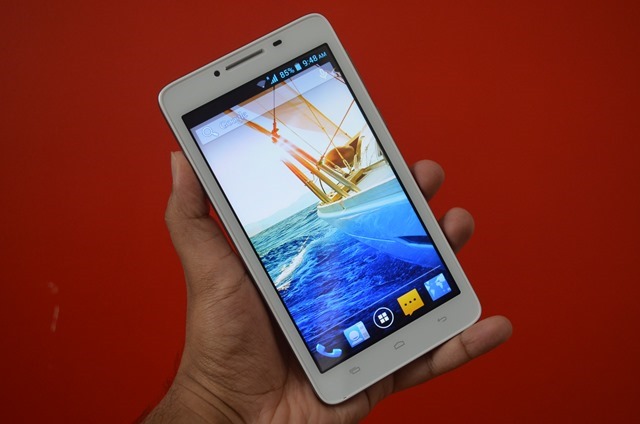
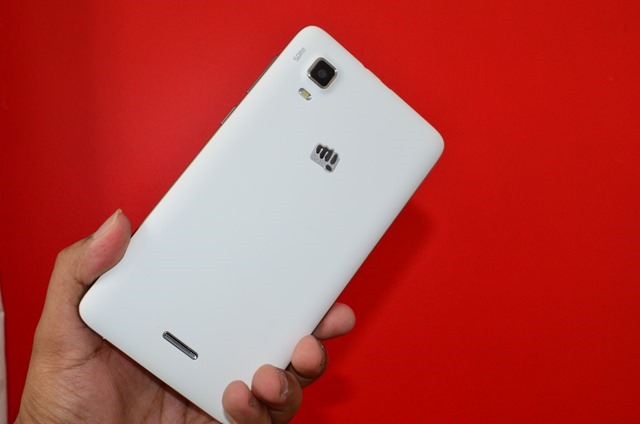
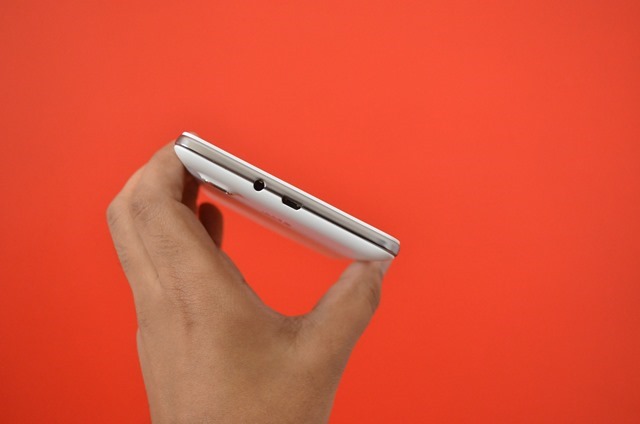

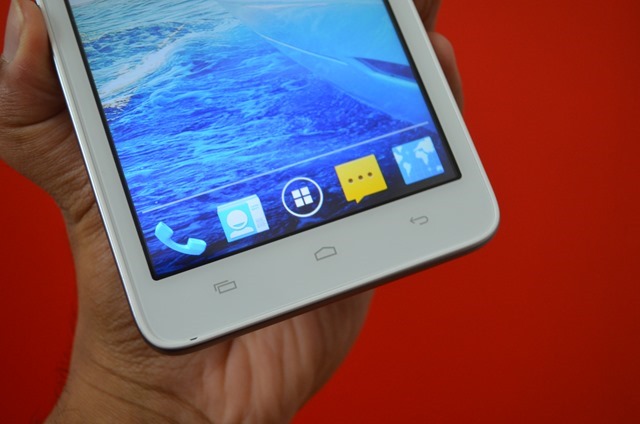












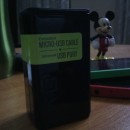
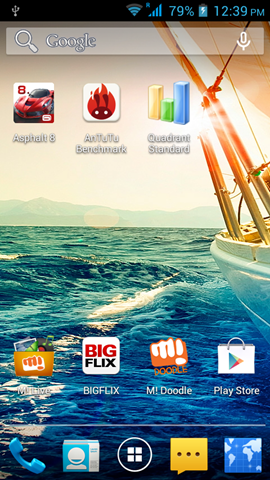
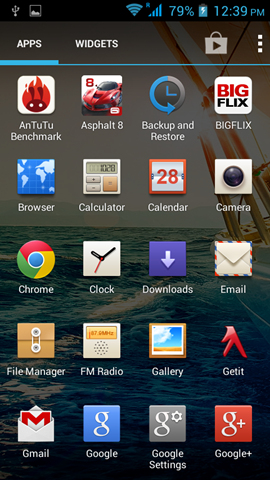
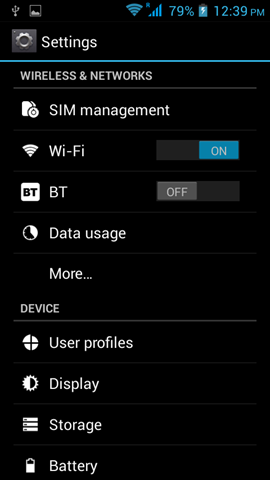

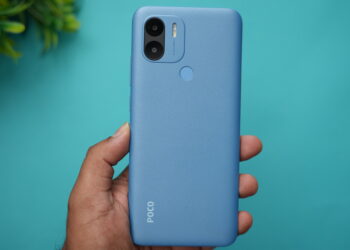
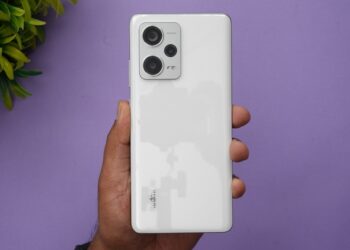
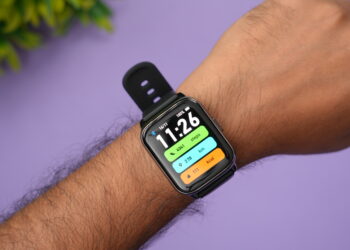
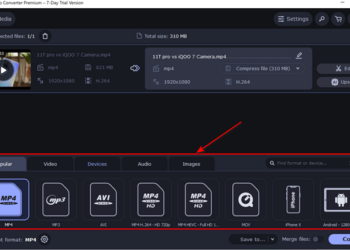


I think, it’s better than Google-E.
Google E? Did you mean Moto E?